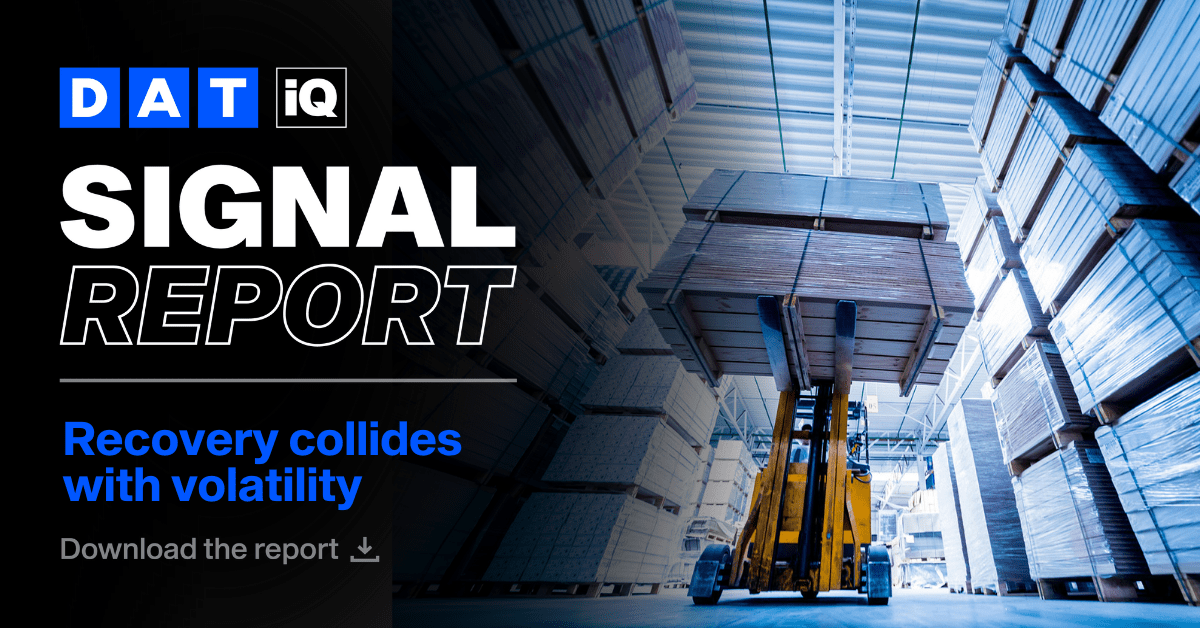All signs are pointing towards a strong and sustained economic recovery in the United States. Vaccination rates are steadily rising with nearly half of the U.S. total population having received at least their first dose.
With vaccinations well underway and lockdown protocols loosening, the service sectors are hustling to handle the pent-up release of demand of in-person activities.
But what does this mean for freight transport?
Read the Signal Report to see where truckload markets are heading.
 Interestingly, while demand for services is booming, the demand for durable goods is still high — rising 0.5% in March from February. There was speculation that consumers would shift their consumption patterns away from products and focus on services instead. But this hasn’t been the case. Or at least not yet.
Interestingly, while demand for services is booming, the demand for durable goods is still high — rising 0.5% in March from February. There was speculation that consumers would shift their consumption patterns away from products and focus on services instead. But this hasn’t been the case. Or at least not yet.
Supply chains are still a mess. Commodity shortages impact manufacturing of products. This means freight networks will continue to be in flux, which leads to higher spot rates and volumes due to constantly shifting shipping patterns.
- Dry Van: The dry van market is still hot, but with signs that suggest it should start cooling.
- Temp-Control: As with Dry Van, Temp-Control markets remain hot, though the pace of increases has slowed.
- Intermodal: Intermodal markets are still mostly in a holding pattern, with the higher volumes from West Coast imports yet to appear in the data.
Supply chains are operating at full speed — even with commodity shortages and multiple disruptions. However, the signs are pointing towards an extension of the current tight and chaotic truckload market for the next several months until supply catches up with this rising demand.
Read the Signal Report for truckload market forecasts and insights.

